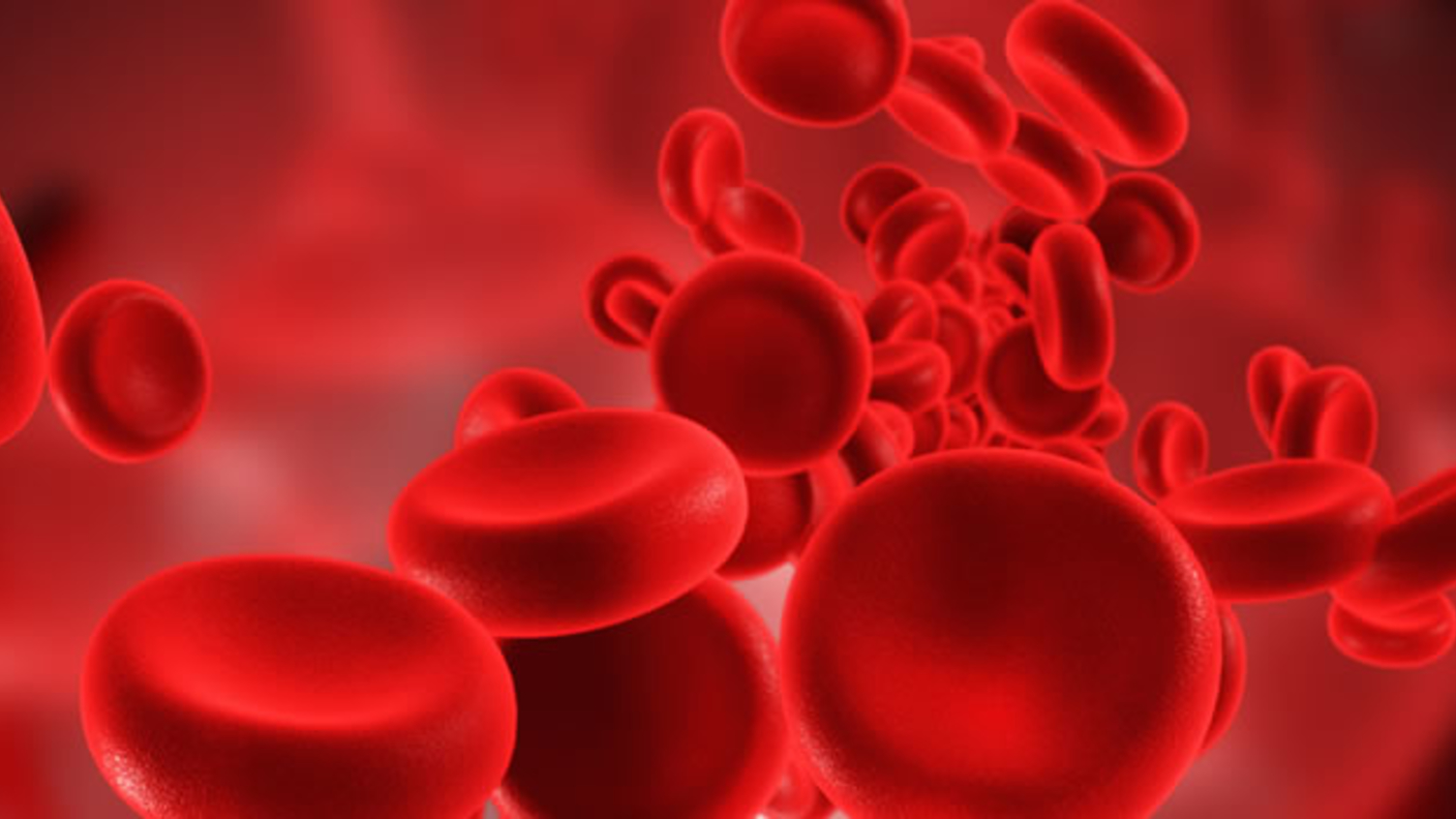Bleeding Disorders

About this PSP
The Bleeding Disorders Priority Setting Partnership (PSP) came together following an initiative from the United Kingdom Haemophilia Doctors Organisation (UKHCDO) to set up a clinical studies group for bleeding disorders. The aim of the group was to promote research into bleeding disorders in general and not restrict itself to haemophilia and related inherited bleeding disorders. When it first met, the clinical studies group recognised that an important first step would be the formation of a PSP with the James Lind Alliance.
The PSP consulted with people who have a bleeding disorder or who have experienced problems with bleeding, aged 8 years old and upwards, and their carers. Equally important to the PSP were the views of medical doctors, nurses and other health professionals with experience of bleeding disorders.
The Bleeding Disorders PSP Top 10 was published in December 2018.
Further information
Impact of Top 10s
Top 10 priorities
- What is the role and cost effectiveness of blood clotting tests that give immediate results at the bedside (point of care) in managing medical, surgical or obstetric haemorrhage?
- How can we balance the risk and benefit of antithrombotic (blood thinning) treatment for cardiovascular disease (including heart attacks and strokes) in patients with bleeding disorders?
- What is the best haematological approach to management of severe haemorrhage after delivery?
- How should heavy periods be managed in women with bleeding disorders?
- What is the relationship between immune thrombocytopenic purpura (ITP) and fatigue?
- What are the most effective treatments for acute and chronic pain in people with haemophilia?
- What are the benefits of psychological and psychosocial strategies for support of individuals or families affected by bleeding disorders?
- What are the genetic and environmental factors that predispose people to immune thrombocytopenic purpura (ITP)?
- What is the best way to prevent or treat bleeds in people with bleeding disorders who have developed an inhibitor?
- In people with haemophilia, what is the best way to tell the difference between pain from acute bleeds, non-bleeding muscle/ligament injury and long term joint damage?
The remaining questions discussed at the workshop were (in no order of priority)
- Can a home testing device to record low platelets and clotting factors be developed?
- What is the role of exercise for both prevention and treatment of joint damage in haemophilia?
- What is the impact of the gut microbiome on immune thrombocytopenic purpura (ITP))?
- What activities are NOT safe to do with any given reduction in platelet count or clotting factor level?
- In people with haemophilia, what are the most effective treatments for the prevention and treatment of haemophilic synovitis (inflammation of the joint lining)?
- What causes the onset of immune thrombocytopenic purpura (ITP))?
- Is there an effective substitute for steroids in the treatment of immune thrombocytopenic purpura (ITP)?
- When is treatment for immune thrombocytopenic purpura (ITP) required?
- What causes exacerbations of immune thrombocytopenic purpura (ITP)?
- What is the psychological impact and burden of being a person or a carer of a person, with an acquired or nonacquired bleeding disorder?
- How can immediate (at the bedside/in the clinic) ultrasound help with management of haemophilia?
- For people with haemophilia, can giving factor via a needle into a vein be avoided; is there an alternative to intravenous administration of factors?
- Are there factors other than “the number of joint bleeds” that are associated with haemophilic arthropathy (joint damage)?
- Can haemorrhage after delivery, and its recurrence in subsequent pregnancies, be predicted and prevented?
- What overall (total) level of coagulation activity do you need to prevent bleeding and how can this be measured?